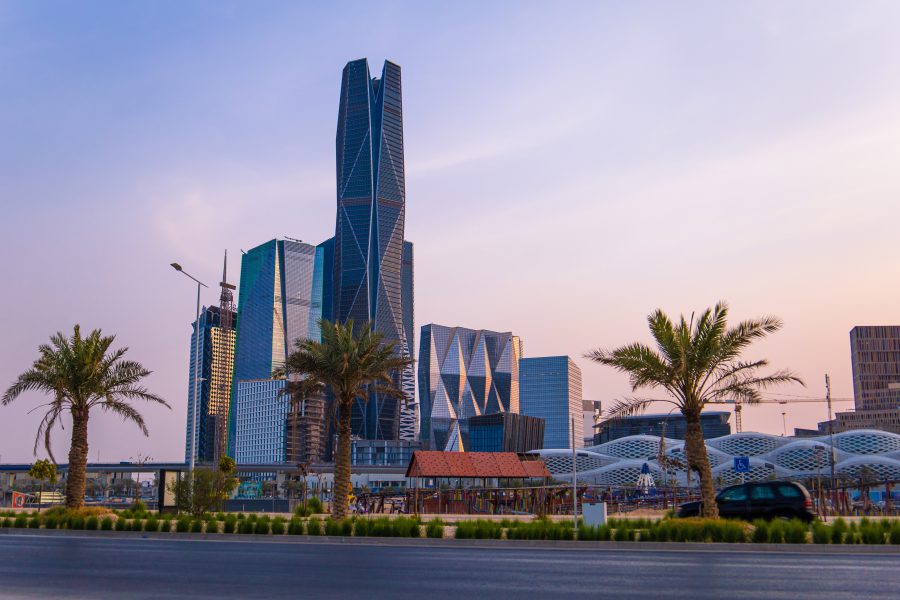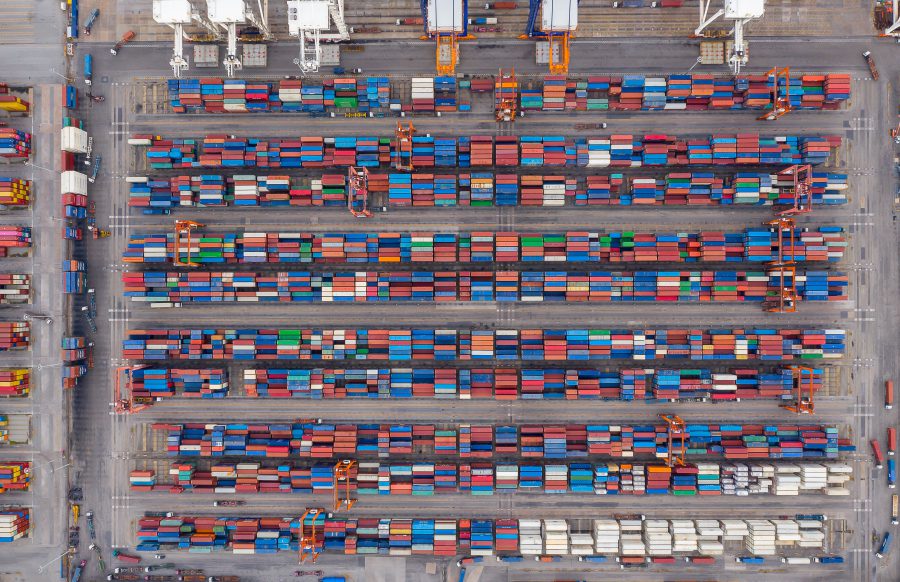With the recently launched national strategy for transport and logistics, Crown Prince Mohammed bin Salman aims to transform Saudi Arabia into a transportation and logistics hub that will connect continents. Several steps are being taken as part of the efforts to make Saudi the foremost destination in the region. Here are some of the key announcements about the new transport and logistics plan.
Launching a new airline
The Kingdom already has a national carrier called Saudia, but under the new strategy, another airline will be launched and expanded to service more routes and countries. The plan also includes the construction of a new airport in Riyadh. While Qatar and the UAE have the first-mover advantage and competing with them is likely to be challenging, efforts are being made to make the new airline a formidable regional operator. When it comes to the number of countries an airline is serving, Emirates, Qatar Airways, and Turkish Airlines are ranked among the top ten globally. Under the new transport and logistics strategy, the Kingdom aims to make its airlines the world’s fifth largest by the number of countries served.
Currently, the Kingdom’s aviation flagship, Saudia, flies to 39 destinations, but the goal is to reach over 250 destinations across the globe. The new airline will serve tourists as well as people traveling for business, whereas Saudia will be used by those who are making a pilgrimage to Mecca and Medina.
Increasing non-oil revenue
A multipronged approach will be used to boost the sector’s contribution to GDP from 6% to 10%. The transport and logistics sector is expected to contribute SAR 45 billion ($12 billion) to non-oil revenues annually by the time Vision 2030 concludes.
Top logistics destination in the region
Currently the UAE is the main transport and logistics hub of the Middle East. Besides Emirates, one of the top-ranking airlines in the world, the country’s transport and logistics sector is also supported by DP World, which caters to 10% of the world’s total container traffic and has terminals and ports in over 80 countries. Saudi’s Crown prince plans to improve the Kingdom’s ranking on the Logistics Performance Index from 55 to the top ten. To achieve this ambitious plan, the capacity of the air cargo sector will be doubled to 4.5 million tons of freight per year. Other targets include increasing rail networks and making sure that the Kingdom’s Arabian Sea ports are linked to the rail lines connecting to the Red Sea.
Boosting employment
Creating more jobs in the logistics and transport sector is one of the main aims of Vision 2030, which predicts the Kingdom is create 150,000 new jobs annually. Already, there has been a drop in unemployment from 12.6% in the last quarter of 2020 to 11.7% in the first quarter of 2021, the lowest figure in almost five years.
Next step on the Vision 2030 ladder
Under Vision 2030, the Kingdom will undergo a transformation in terms of economic diversification, job creation, and repositioning both regionally and internationally. As part of this plan, a comprehensive transport and logistics strategy has been rolled out to make the Kingdom the region’s hub operating at the crossroads between Europe, Africa, and Asia. Plans are also underway to increase the sector’s contribution to the GDP from 6% to 10% by 2030.







